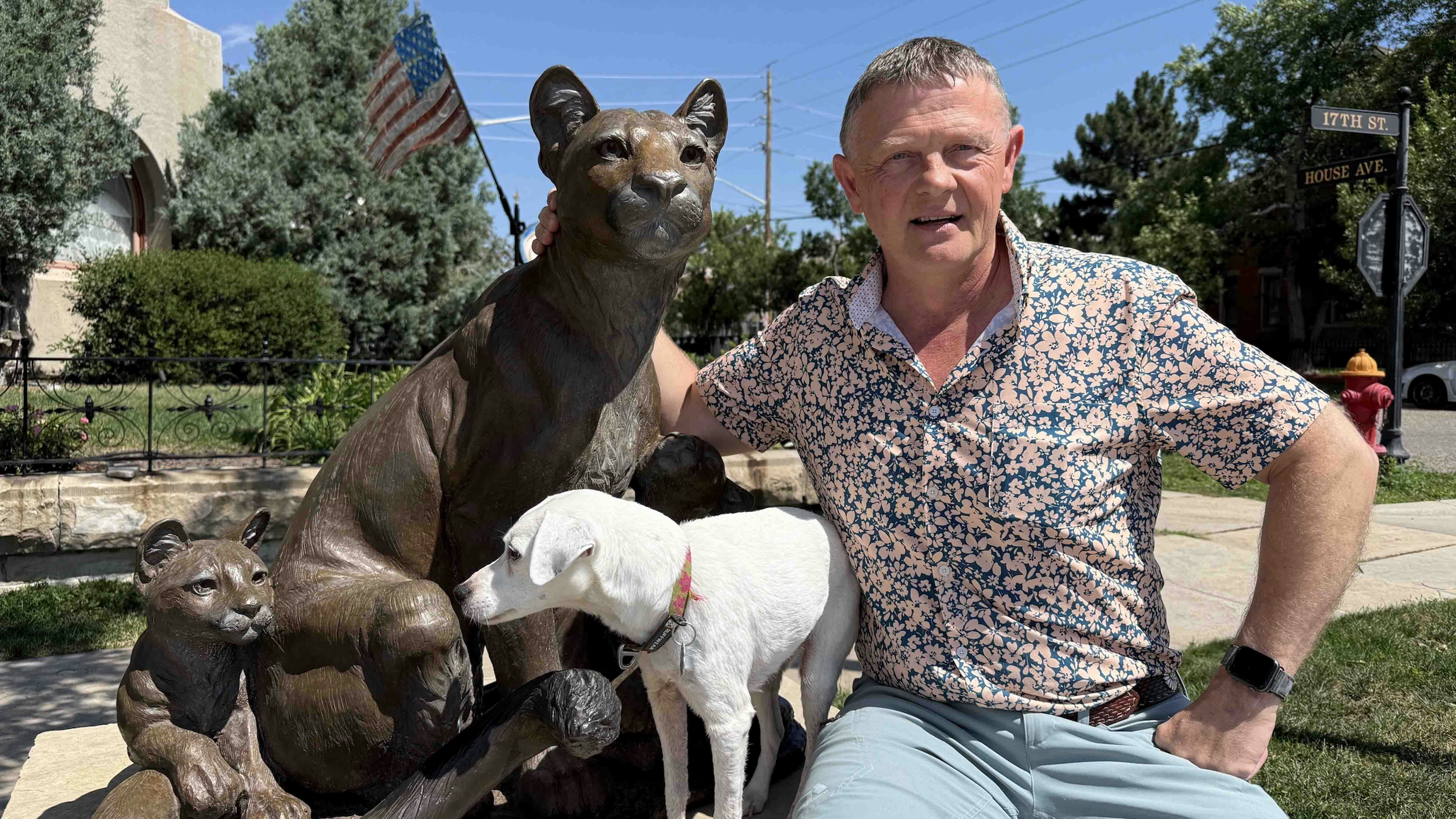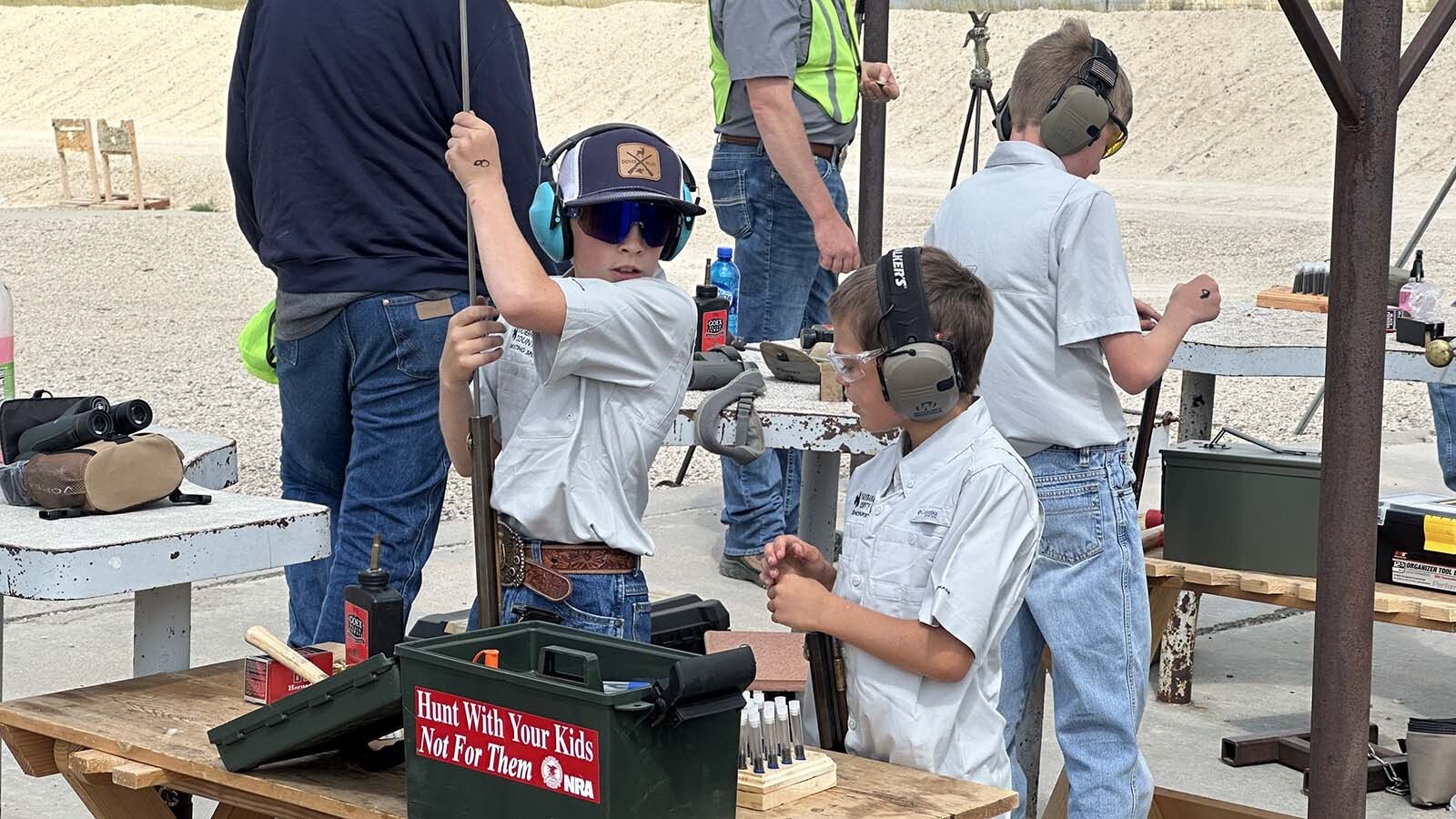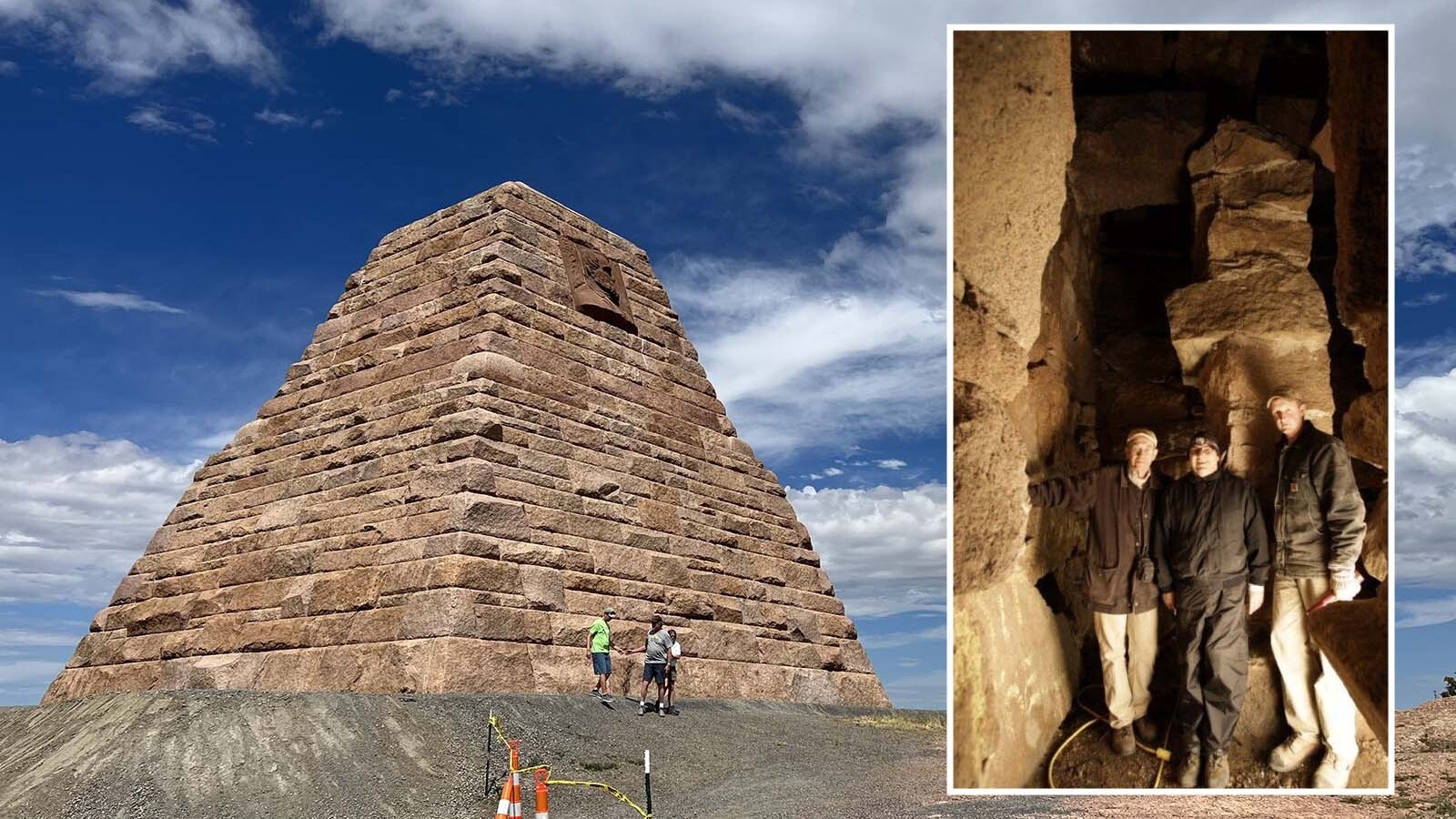Four days after the golden spike was driven for America’s first transcontinental railway linking the nation’s coasts, the Cheyenne Brotherhood of Locomotive Engineers received its charter May 14, 1869.
The union that now represents engineers and conductors who travel between Cheyenne and Rawlins, and Cheyenne and Green River, have given their original charter to the Wyoming State Archives. The framed document was passed from local chairman to local chairman for the past 155 years.
“It is in a very, very old frame. It’s really kind of cool, that frame looks like it could withstand a nuclear blast,” said Brian Profaizer, engineer and spokesman for Brotherhood of Locomotive Engineers and Trainmen Division 103 . “You think 150 years, how many floods, house fires, tornadoes that thing has dodged. The archives has a climate-controlled vault where that thing can live for the rest of history.”
The local Cheyenne union chapter is part of the oldest union in the United States. Its roots go back to Detroit, Michigan, in 1863 and the Cheyenne chapter formed 21 years before Wyoming was a state. Originally, Division 103 represented just engineers who worked for the Union Pacific as the frontier was in the process of being tamed.
Safety issues then, as now, remain a big motivator for rail workers to keep their unions strong.
“It’s important to have an organization that will stand in solidarity and make sure all the rules are being followed. Tantamount to that is safety,” Profaizer said. “We want to make sure that everything is being done safely because we do have a pretty dangerous job and that’s our main goal — that we all look out for each other and that we make sure we all go home to our families after every shift.”
Union Beginnings
Original union members taking trains out of Cheyenne on the new rails faced the same dangers as other pioneers in the region. Additionally, they were responsible for the safety of passengers and freight being pulled by their steam locomotives though rugged mountain terrain.
“Our folks, and the passengers and the freight that they hauled, were a lot more exposed to the elements. It was not like you could just jump out and run and hide inside or find a motel somewhere,” Profaizer said. “In 1869, Wyoming wasn’t even a state. Most of the towns that popped up along the railroad tracks were just tent cities.
“There were no roads, so if you were stuck out there you were stuck. There was no way to kind of get yourself out of a bind. You had to be resourceful, you had to be kind of crafty. Really, you had to be pretty brave to work that job back in that time.”
One of the challenges the early trainmen faced was the nearly 150-foot-high Dale Creek trestle between Cheyenne and Laramie. As an engineer today, Profaizer said he is glad the route was changed in the early 1900s.
“I’ve seen pictures of that. It had two iterations I believe, one was iron and one was wood,” he said. But both were terrifying to cross.
“I’ve seen the site where the bridge existed and, oh boy, that site makes my stomach drop. I think it was a 4 mph speed limit and a lot of problems with wind, that was the main thing,” Profaizer said. “They dammed up Dale Creek and drilled two tunnels which we still use today, so I’d like to think our engineers had something to do with encouraging that move by the railroad as they did reroute the tracks about 8 miles to the south.”
Steam To Diesel
Profaizer said the biggest change for Wyoming railroading came with the transition from steam locomotives to diesel power in the 1940s and 1950s. Engineers needed to run the trains in a different manner.
In the peak of train travel during the steam era and prior to new technologies that exist today, a crew would consist of an engineer, fireman, conductor and two brakemen. Profaizer said the brakemen helped the conductor with the cars and helped provide hand signals up the long trains to the cab prior to radio communication.
Engineers from the steam era were very particular about training their younger diesel counterparts, even as the big steam machines faded into history. Profaizer said after initial engineer training, each new engineer has to pass a driving test. Profaizer was tested by an engineer who had been at Union Pacific for 40 years.
Profaizer said the engineer told him that during his own test, an old engineer from the steam era made Profaizer’s tester drag the train “down the hill” from Laramie into Cheyenne with brakes set on the cars just as if it was a steam train.
During the steam era it was just “stop and go,” Profaizer said. Engineers applied brakes to their railroad cars and literally dragged them down mountains. With diesel technology, there is “dynamic braking” that uses the weight of the train and electricity generated to help slow it. It’s something entirely different.
The local union chapter’s requirements enforced the “dragging” test until the last of the steam engineers retired, probably back in the late 1980s and early 1990s.
Profaizer said most members of Division 103 now have routes between Cheyenne and Rawlins, and some run between Cheyenne and Green River on a separate line.
Two-Man Crews
Crews now consist of an engineer, who is responsible for all the locomotives and safe movement on the nearly mile-long trains, and a conductor whose responsibility is for the freight being hauled and the dropping and gathering of cars along the way.
Now, the engineer and conductor stay in constant radio communication as the long trains need to be stopped, rail cars dropped or moved.
“We do a lot of work in Laramie, Sinclair and Rawlins setting out cars and picking up cars for those industries, and when you are a mile ahead, you have no idea what is going on at the rear of your train,” Profaizer said. “So, conductors are the eyes and ears of the engineer when they are on the ground.
“All engineers highly respect their commands from the ground, you don’t move or do anything without being told to, and that is just the way we like it.”
The 100 or so members of the local union chapter represent a growth in employee numbers at Union Pacific.
While the cab crews notoriously spend a lot of long hours on the job in every type of weather that Wyoming can throw at them, Profaizer said he would much rather be at the head of a mile-long train headed for Rawlins than on Interstate 80 in during one of the state’s notorious winter storms.
People who want to view Division 103’s charter can see a copy at Cheyenne Depot Museum or the original at the Wyoming State Archives.
“The State Archives were very thrilled to have it in their collection. They made us a few copies and we’re going to keep one and send some to some museums,” Profaizer said. “Hopefully, people will see our name as they walk through the museum and kind of learn a little bit about what we are all about.”
Dale Killingbeck can be reached at dale@cowboystatedaily.com.
















